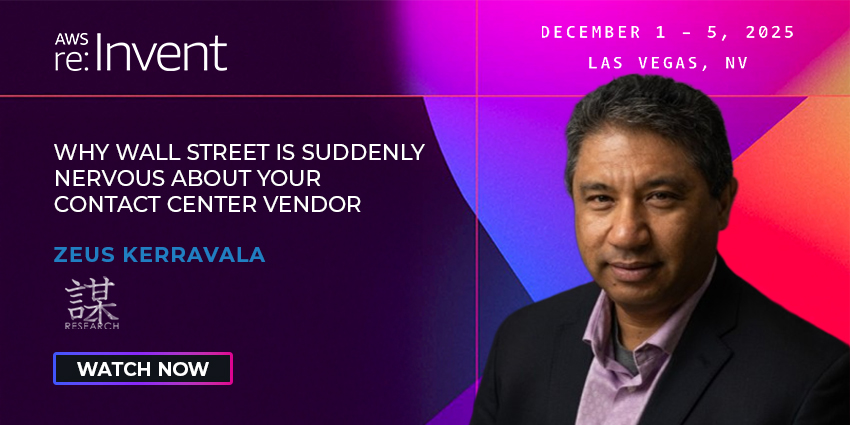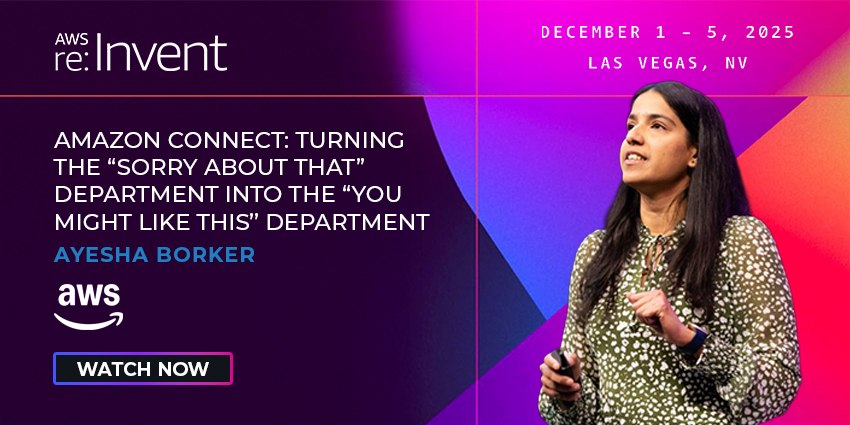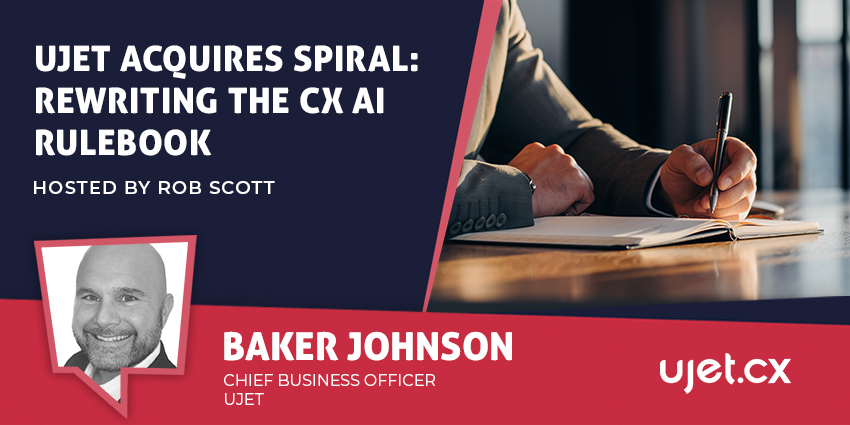Artificial intelligence is no longer a novelty in customer experience.
From smarter routing in the contact center to predictive analytics that spot churn risk, AI has shifted from hype to hard value.
Yet while the technology itself moves fast, the way enterprises go about buying it often feels stuck in a bygone era.
Too many businesses still treat AI acquisitions like they’re buying servers in the 1990s.
The result? Bloated procurement cycles, endless rounds of approvals, and criteria that don’t quite fit the problems at hand.
Decisions can take months, even years, and by the time a deal is signed, the chosen solution may already be behind the curve.
“Historically, large organizations procure investments by aggregating input from many different stakeholders into an RFP process,” explained Erik Delorey, Director of Innovation at Miratech.
“What ends up happening is that people start focusing on the features and capabilities of an investment and not the business outcomes.”
That’s where things start to go wrong. For example, instead of asking, ‘How do we reduce churn?’, buyers focus too heavily on features like sentiment analysis accuracy.
“They obsess over features,” Delorey continued, “rather than focusing on business outcomes.”
Old Playbooks, New Problems
Another major contributor to inadequate AI buying processes is legacy procurement frameworks.
Many enterprise teams still bring experience from decades of running on-premise data centers. Those instincts show up in their RFPs.
“What’s critically important to AI platforms today is transparency in decision-making,” said Delorey.
“But the RFP process often hasn’t been updated. So, you’ll hear stakeholders asking, ‘What kind of monitoring events can be streamed into my log analysis tool?’ because that’s what they’ve done for 30 years.”
For example, that means buyers request features designed for infrastructure monitoring, rather than the decision records that actually matter for compliance and governance.
Such an outdated requirement is then used as a make-or-break factor for the purchase, as Delorey explained:
“They end up choosing the vendor that ticks the event-streaming box, even if that vendor misses ten other features the business actually needs.”
It’s a classic case of buying the wrong thing well, rather than the right thing quickly.
Shifting from Checklists to Outcomes
While it is helpful to point out shortcomings and poor strategies, many of you will undoubtedly be asking, ‘What’s the alternative?’
For starters, fewer people in the room.
Rather than pulling in dozens of siloed stakeholders, Delorey suggests setting up a cross-functional task force with clear roles.
“A lot of times, procurement becomes like an AI engine itself,” he said.
“There are a billion parameters being weighed, but the goal is just to get to a purchase, not to restructure the argument for how to achieve the right business outcome.”
Agile pilots are another way forward. Instead of exhaustive RFPs that take six months to write, enterprises can run small, contained tests that deliver insight in weeks.
This mirrors the iterative way AI systems themselves are deployed. It also reduces the risk of overcommitting to a vendor that looks good on paper but has underdelivered in practice.
What to Really Look for in an AI Partner
So, if feature checklists are a no-go, what should buyers be focusing on?
Delorey points to a few key essentials that are often overlooked:
- Transparency: Delorey emphasizes that transparency is critical. Getting the decision record helps with compliance, governance, and optimization.
- Openness: Buyers should check whether APIs are publicly available and if developers can access a sandbox to experiment. They should also confirm whether APIs are easy to test, rather than hidden behind a paywall.
- Flexibility: Platforms that support modifications, customizations, and versioning are far better suited to fast-moving AI landscapes than rigid systems locked to one design pattern.
These criteria don’t always align with traditional enterprise buying instincts, but they’re far more likely to deliver real long-term value.
The Way Forward
With the speed at which AI is advancing, the technology will only become more central to enterprise CX strategies.
To capture that value, organizations must rethink not just what they buy, but how they buy.
That means fewer box-ticking exercises, fewer outdated requirements, and more focus on transparency, openness, and business outcomes.
“Ultimately, organizations need to reboot their procurement process for the AI and cloud era,” Delorey concluded.
“If you’re still asking the same questions you did 30 years ago, you’re going to make the wrong decisions when it comes to AI.”
For enterprises looking to take the next step, Miratech helps organizations reduce procurement complexity and align AI investments with real business outcomes.
You can learn more about Miratech’s AI approach by reading this article and watching this exclusive interview with Erik Delorey.







